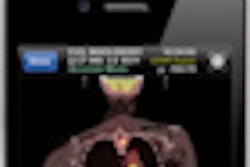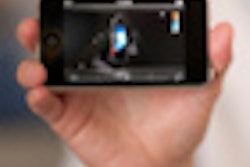Tuesday, November 29 | 10:40 a.m.-10:50 a.m. | MSVR31-11 | Room N228
In this presentation, researchers from the University of Maryland will discuss how interpretations of radiography-based tuberculosis screenings on an iPad showed strong agreement with those on a traditional display.In a continuation of a pilot study that was presented at the 2010 RSNA meeting, the researchers sought to evaluate how much variability exists among readers using the same display, and how much agreement there is between the consensus of readers for a traditional display versus a mobile display, said presenter Samir Abboud.
The same set of readers (fellows or attending physicians in chest radiology) read images on both an iPad and a traditional workstation. Preliminary results indicated no statistically significant difference in sensitivity and specificity between the displays.
The researchers determined that some technical issues with the mobile display still need to be addressed, including a slow workflow when using the tablet computer, Abboud said.
"Because of memory limitations, it sometimes took longer to display the image on the screen than it took the reader to make a decision," Abboud said. "Further, because the image could not be displayed in its native resolution, the readers would sometimes have to zoom in on a region, then pan and scan around the image. It is not known at this time what effect, if any, this would have on the accuracy of other diagnostic tasks beyond [tuberculosis] screening."
The reading room will certainly remain the mainstay of a radiologist's productivity, Abboud said.
"However, we can say that mobile displays should provide an effective extension of the radiologist's reach; rather than just receiving a report, the referring clinician will get a report and key views to include in a patient's electronic chart, and beyond that will be able to show these to their patients during office visits or while rounding on the wards," Abboud said.




















